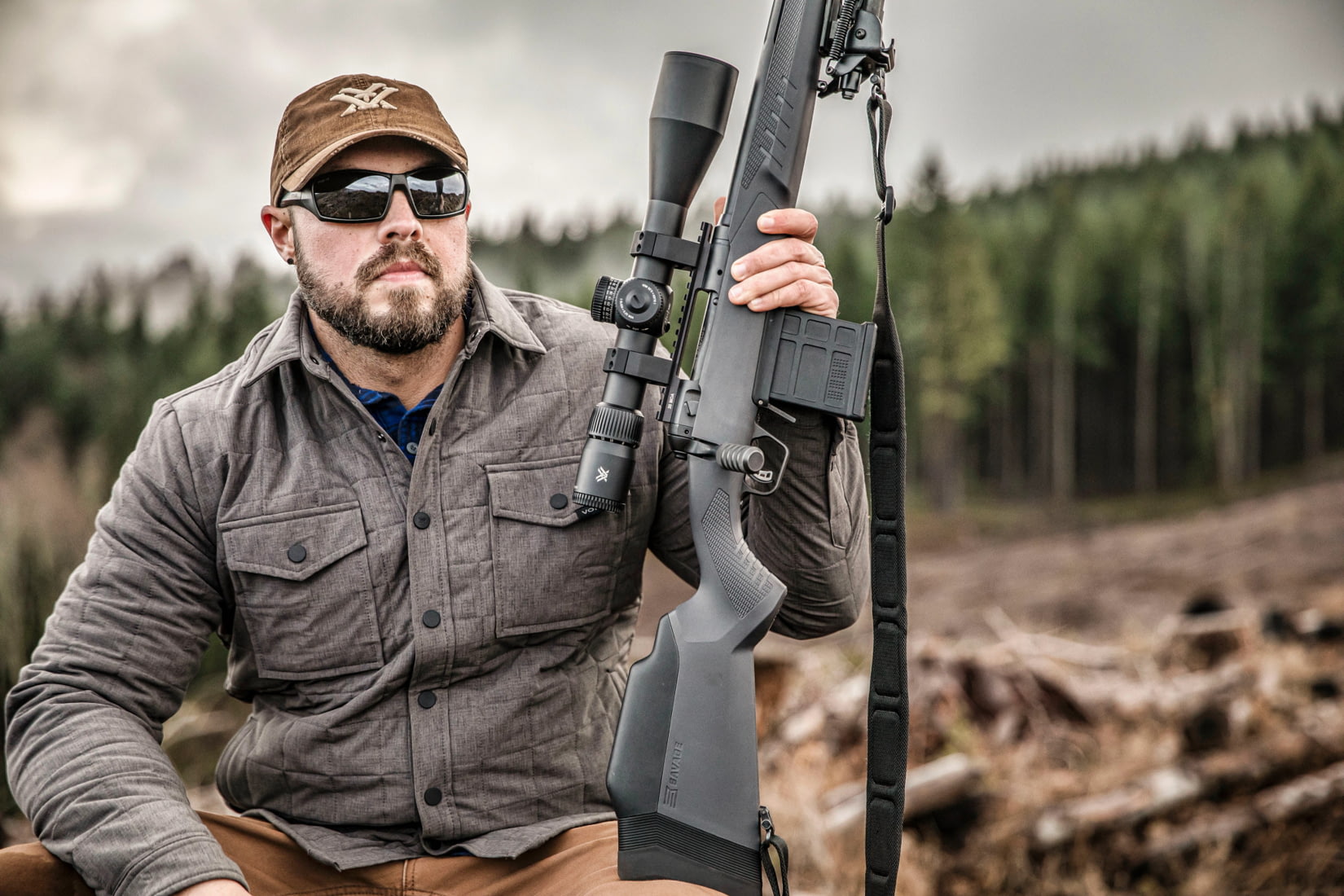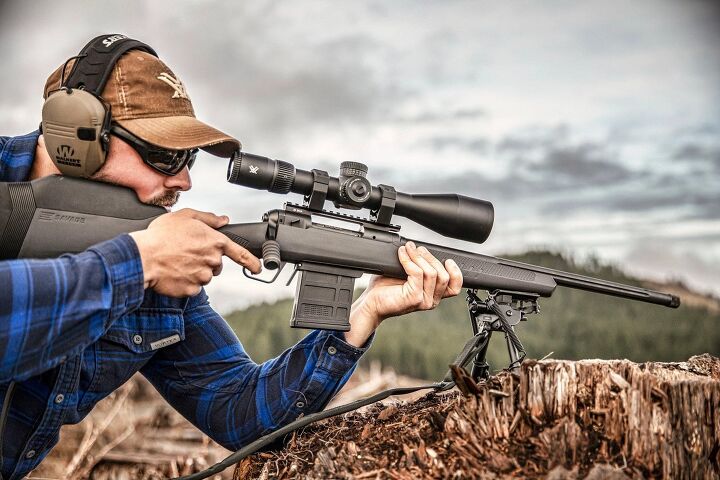

Against this, the Vortex Venom comes with a total elevation range of 130 MOA and a total windage range of 100 MOA. The Burris Fastfire 3 gives you a total elevation range of 115 MOA and a total windage range of 86 MOA. It seems that the venue was designed to outperform the Fastfire since it does so gracefully in this category of functions. Against this comes the upstart Venom with 10 brightness levels and automatic illumination control and puts the older Burris to bed in this category.
Vortex venom manual#
The Fastfire comes with 3 manual brightness selections and automatic brightness control, as such it fulfills the basic requirement that a top red dot model must provide, and it delivers adaptability to any environment. As such, this gives the Venom a slight advantage over the Fastfire 3. The Burris Fastfires objective lens is only 21mm x 15mm, while the Venom’s objective lens diameter is 26.5mm giving it a larger FOV. Both have similar if not identical clarity of image, however, put clarity aside now and look at the field of view (FOV) and the objective lens measurements. Against this comes the equally image quality efficient Vortex Venom, a newer model that is challenging the Fastfires market. As such, its quality of the image is uncontested and is a testament to the many users that have a Fastfire mounted on their weapons. The Burris Fastfire 3 is a veteran model with a large following. You can argue that the Burris without the Picatinny mount only weighs 0.9 ounces, however, this limits its applicability, and therefore the comparison is with a Picatinny mount.īoth sights are 1.9 inches long, so its draw in length. The Venom and Burris are both lightweight, and the difference of 0.4 ounces is negligible, however, in the hands of a trained and experienced professionals, every 0.1 ounces can impact a shot, as such, the lighter Venom has an advantage over the heavier Burris. Fast acquisition of a moving target with a handgun is always an issue, the 6 MOA dot has a distinct advantage for tactical applications since it delivers a crisper target acquisition option to the clumsier 8 MOA dot. The difference between the two 3 MOA is negligible, while the difference between the 6 to 8 is noticeable, and is in favor of the smaller dot. Reticle Sizeīoth models come with two reticle sizes, the Venom has a 3 MOA and 6 MOA option, while the Fastfire 3 comes with a 3 MOA and 8 Moa choice. When comparing two models that are virtually identical, it becomes hard to decide what is better than the other and in most cases, it comes down to the fine details which are perceptual and individual rather than general.Īs such, it is hard to distinguish which one of these great sights is the better model.

Here are the products I compare: Vortex Venom Among the most popular brands are the Burris FastFire™ 3-MOA Dot sight and the Vortex Venom Red Dot 3 MOA Dot Both are exceptional models, and both had pros and cons, however, how do they stand up to each other? Let’s take a look at both of them and see which one stands out, or if both stand out equally. With Vortex’s lifetime warranty (and RKB Armory’s 30-day money-back guarantee), you can’t go wrong.There are a few top-rated gun accessory fabricators supplying exceptional sights for all sorts of applications. RKB Armory Opinion: “This is an affordable, quality option in the world of miniature red dot sights. With Vortex’s lifetime warranty (and RKB Armory’s 30-day money-back guarantee), you can’t go wrong.” Up to 30,000 hours on lower settings.ģ MOA Dot: The daylight bright red dot is easy to see and paints targets regardless of lighting conditions or background.” Includes: Weaver / Picatinny mount, T-15 Torx wrench, Rain cover, Mounting screws, CR 1632 battery, Screwdriver.īattery Life: Up to 150 hours on the highest setting. Matching current industry practice, this small amount would be considered “parallax free” and will make a negligible difference in performance.
Vortex venom free#


 0 kommentar(er)
0 kommentar(er)
